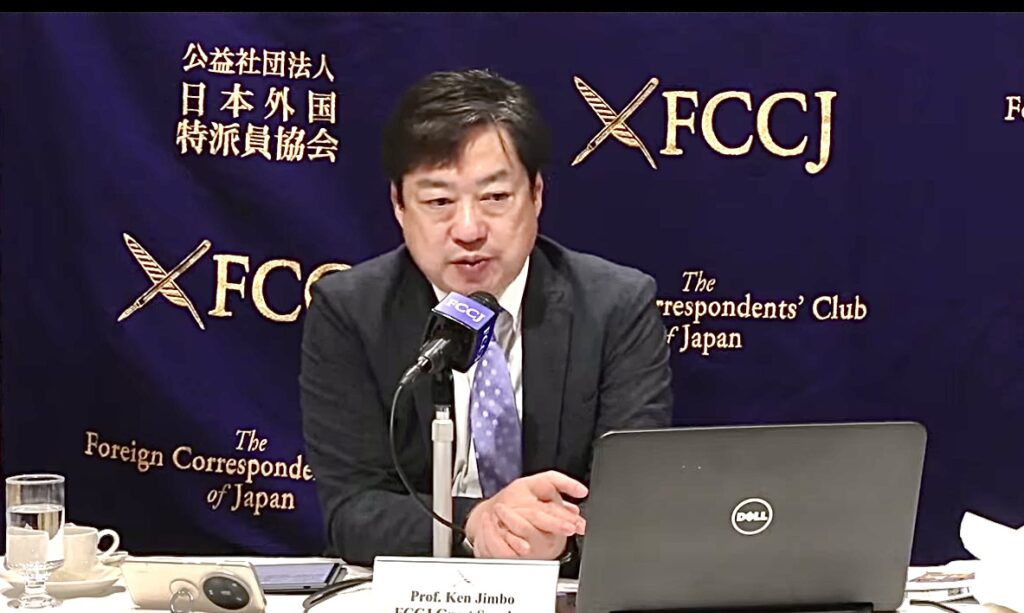
- ARAB NEWS
- 19 Jul 2025

TOKYO: Japan’s defense strategy has been forced into change from a purely defensive outlook to engaging with other countries to create a web of like-minded allies, according to a leading Japanese expert on international security.
“It is a transition into multipolar complexity,” says Keio University Professor JIMBO Ken, who is also the Managing Director of Tokyo’s International House. “For Japan, the question is no longer whether to engage, but it is how to shape the turbulence into a navigable order.”
The second presidency of Donald Trump has thrown the old order into chaos, and this is troubling for Japan, which relies heavily on the United States for defensive capabilities, while maintaining its Self-Defense forces.
A recent Asahi Shimbun survey found that only 15 percent of Japanese believe that the US will protect the country in the event of a military emergency while 77 percent did not. With Japan’s proximity to belligerent and expansionist neighbors such as Russia, China and North Korea, Japan has come to the realization that it must do more to defend itself, so defense expenditures are expected to jump by 50 percent in the coming years.
Professor Jimbo, who is a specialist on US-Japan security relations and East Asian security, says Japan is now compelled to form alliances as it follows its FOIP (Free and Open Indo-Pacific) policy.
“Trump has effected a tectonic shift in world affairs,” Jimbo said. “The Indo-Pacific seems to be no longer the zone of presumed peace.” He says it is now a “front line” as various powers – mainly China, Russia, and North Korea – try to assert themselves. Jimbo talks of “conflict contagions” in the region. The age of “strategic ambiguity” is over, he says, and we are “now witnessing the architecture of deterrence being rebuilt.” However, he adds, diplomacy is not dead.
“Japan’s strategy is not the binary of hawkishness or passivity,” he explains. “It is a dual-truck approach, a combination of competitive and cooperative strategies.” While Japan is boosting defense spending, it is also trying to “deepen partnerships and export stability,” Jimbo says. “The message is clear: Japan will not be coerced into strategic submission. Deterrence and diplomacy are not alternatives; they are co-architects of strategic resilience.”
Japan, he says, with its lack of natural resources, relies on the rules-based international order. “From the Japanese perspective, I think the liberal economic order and rules-based international order is our national security. So, we need multilateralism, we need rules. Japan is no longer just defending its own territory; it is defending how the Asian Pacific should be shaped.”
China’s military capabilities are way beyond Japan’s, he notes, so Japan must find a new way to deal with its neighboring superpower. This means cooperation with other countries. “Japan is now facing an increasingly severe security environment,” says Jimbo. “The US-China competition will define the decades, and Japan must now anchor its own strategic credibility while aligning with a rapidly evolving alliance.”